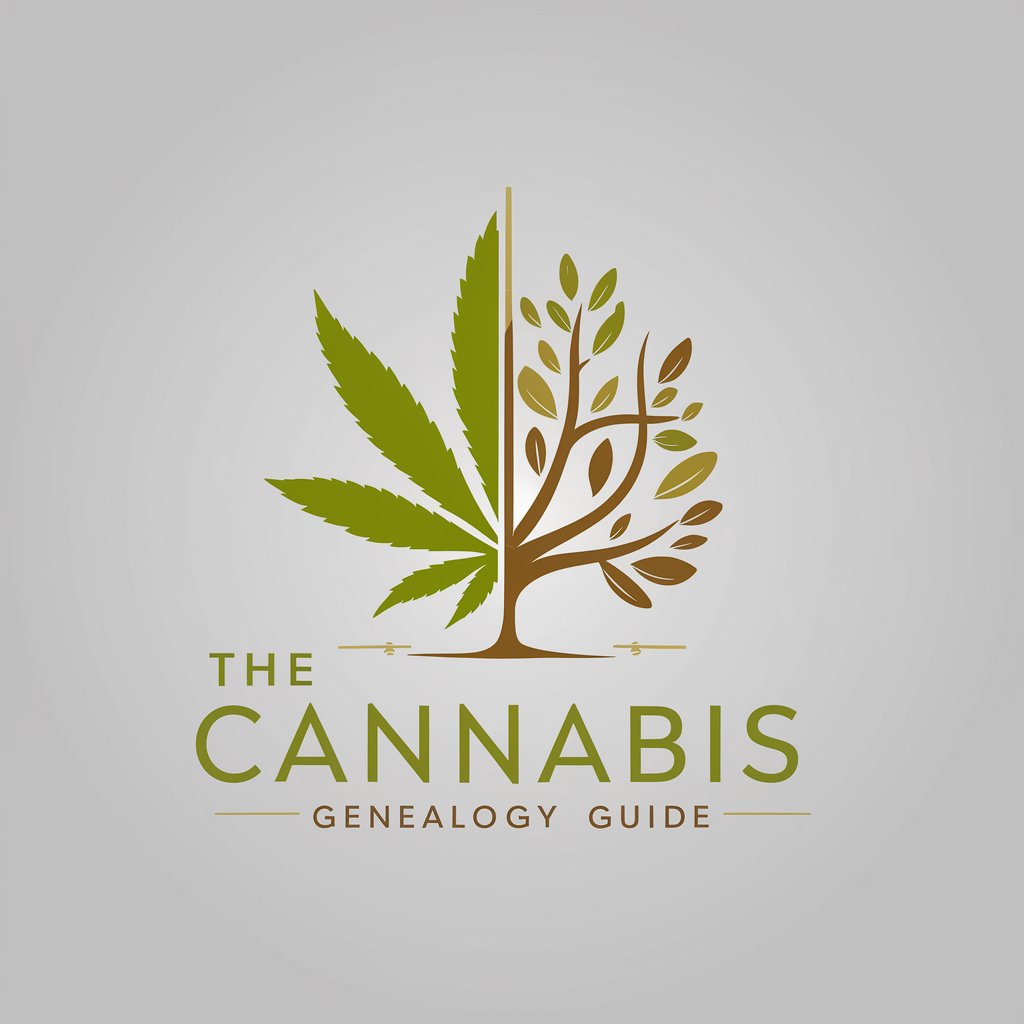Social Media - Social Media Insights

Hello! Ready to boost your social media game?
Empowering Engagement with AI
What are the best strategies for increasing engagement on Instagram?
How can I effectively use LinkedIn for business networking?
What are the latest trends in social media marketing?
How can I create a successful social media content calendar?
Get Embed Code
Understanding Social Media: Functions and Purpose
Social media platforms are digital spaces designed for the creation, sharing, and exchange of information, ideas, career interests, and other forms of expression via virtual communities and networks. They serve as a bridge between individuals and groups, enabling communication across the globe in real time. These platforms vary widely in their design and purpose, from text-based forums and microblogging services like Twitter, to image-centric platforms like Instagram, professional networking sites such as LinkedIn, video-sharing sites like YouTube, and short-video platforms like TikTok. Each platform caters to specific content formats and audience interactions, facilitating various forms of social interaction, content sharing, and community building. For example, Instagram focuses on visual storytelling, allowing users to share photos and videos, while LinkedIn specializes in professional networking and career development, offering users the ability to post job listings, share professional content, and engage in industry-specific discussions. Powered by ChatGPT-4o。

Core Functions of Social Media Platforms
Networking
Example
LinkedIn
Scenario
Professionals use LinkedIn to connect with colleagues, industry leaders, and potential employers, leveraging the platform for career advancement and professional development.
Content Sharing
Example
YouTube
Scenario
Content creators share videos on YouTube, ranging from educational tutorials to entertainment, reaching a global audience and engaging with viewers through comments and likes.
Brand Promotion
Example
Instagram
Scenario
Businesses use Instagram to promote their products and services through visually appealing posts and stories, engaging with their audience by leveraging hashtags, influencer partnerships, and interactive features like polls and quizzes.
Real-time Communication
Example
Twitter
Scenario
Individuals and organizations use Twitter for real-time communication, sharing updates, news, and opinions, and engaging in public discourse through tweets and replies.
Information and News Dissemination
Example
Facebook
Scenario
Users rely on Facebook to share and receive information, news, and updates within their network, joining groups and participating in discussions on various topics.
Who Benefits from Social Media
Individuals
People looking to stay connected with friends and family, share life updates, and explore interests through communities and groups. Social media offers a platform for personal expression and social interaction.
Businesses
Companies of all sizes seeking to build their brand, engage with customers, and market their products or services. Social media provides tools for targeted advertising, customer feedback, and direct communication with the audience.
Content Creators
Artists, writers, videographers, and influencers creating and sharing content to build a following, engage with an audience, and in many cases, monetize their content through partnerships and sponsorships.
Non-profit Organizations
Charities, advocacy groups, and other non-profits using social media to raise awareness, mobilize supporters, and drive donations. The platforms offer a cost-effective way to reach a wide audience and engage in social causes.
Educators and Students
Teachers and learners leveraging platforms like LinkedIn Learning, YouTube, and specialized forums to share educational materials, facilitate learning, and connect with peers for knowledge exchange.

How to Use Social Media Effectively
Start Your Journey
Begin by exploring yeschat.ai for a hassle-free trial that doesn't require login or a ChatGPT Plus subscription, offering an immediate start to your social media exploration.
Define Your Goals
Identify what you want to achieve with social media, whether it's brand awareness, community engagement, customer support, or sales. This clarity will guide your content and interaction strategies.
Know Your Audience
Understand who your audience is, including their interests, needs, and social media habits. This knowledge allows for the creation of more relevant and engaging content.
Create Engaging Content
Develop content that resonates with your audience, using visuals, stories, and interactive elements. Consistency in quality and posting schedule helps in building a loyal following.
Analyze and Adapt
Utilize social media analytics to track the performance of your posts and campaigns. Use these insights to refine your strategy, improve engagement, and achieve your objectives more effectively.
Try other advanced and practical GPTs
Cannabis Genealogy Guide
Unraveling Cannabis Genetics with AI

Crea Tu Logo Gratis GPT ✨
Craft Your Brand's Identity with AI

Mandarin Mentor
AI-Powered Mandarin Learning for Young Minds

Ai Text Generator for Music
Unleash creativity with AI-powered music writing

HR Assistant GPT (UK)
Empowering HR with AI-driven UK Law Expertise

Aussie News Top 20
Stay informed with AI-powered Aussie news aggregation.

BotRanker
Ranking AI-powered chatbots effortlessly.

Historical Events Debrief
Unveiling History with AI Power

Turkish Cuisine / Türk Mutfağı
Explore Turkish Culinary Traditions with AI

Strategist: Industry & Competitive Analysis
Empowering strategic decisions with AI insights

Business Analyst GPT
Empowering Analysis with AI

CineMatic Editor
Empowering Creativity with AI

Social Media Q&A
How can I increase my reach on social media?
Increase your social media reach by optimizing your profile, posting content consistently, engaging with your audience, using hashtags effectively, and leveraging paid advertising options to boost visibility.
What's the best time to post on social media?
The best time to post varies by platform and audience. Analyze your analytics to see when your followers are most active. Generally, midweek mornings are a good starting point for testing.
How do I measure the success of my social media efforts?
Success can be measured using metrics such as engagement rates (likes, comments, shares), follower growth, website traffic referrals from social media, and conversion rates for goals like sales or sign-ups.
Can social media impact SEO?
While social media signals don't directly impact search engine rankings, a strong social media presence can increase your content's visibility, drive traffic, and enhance brand recognition, indirectly benefiting SEO.
What's the importance of video content on social media?
Video content is crucial for engaging audiences, as it's more likely to be shared, increases time spent on your profile, and can convey your message more effectively than text or images alone.
